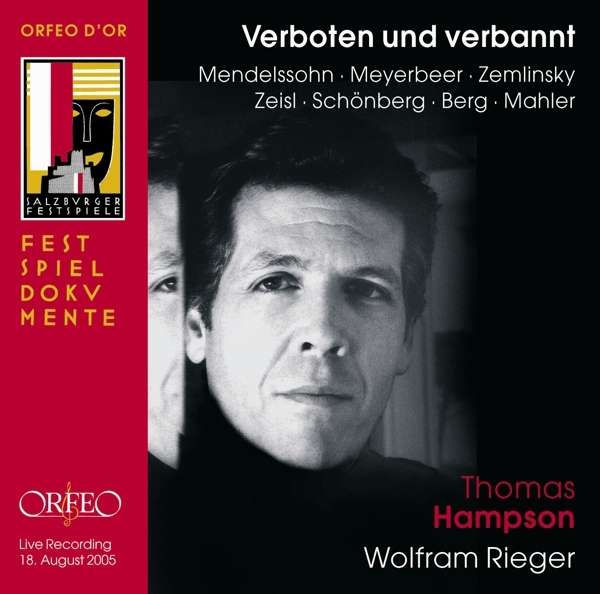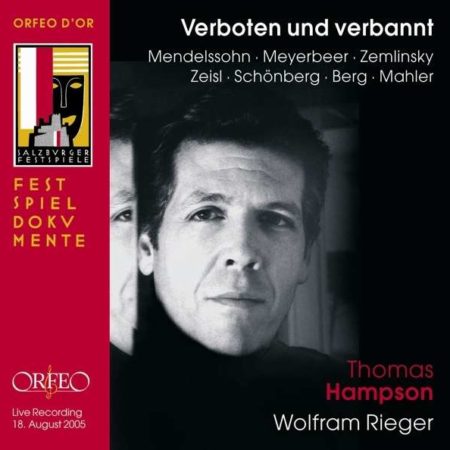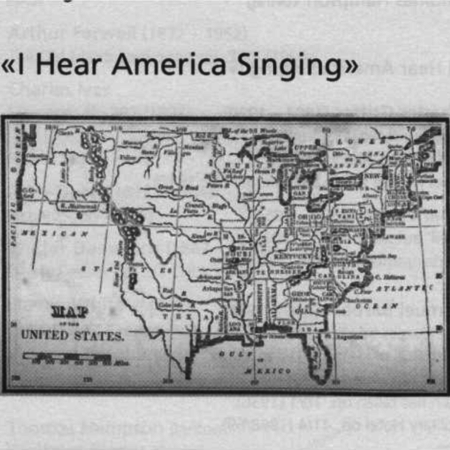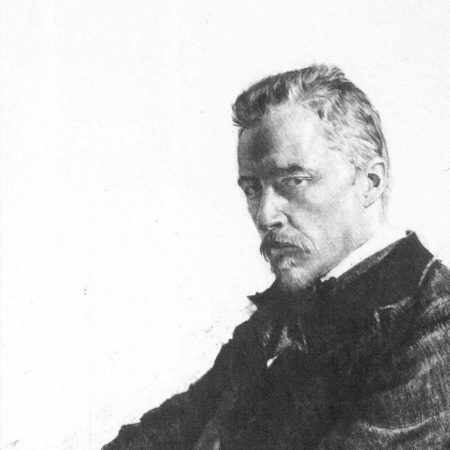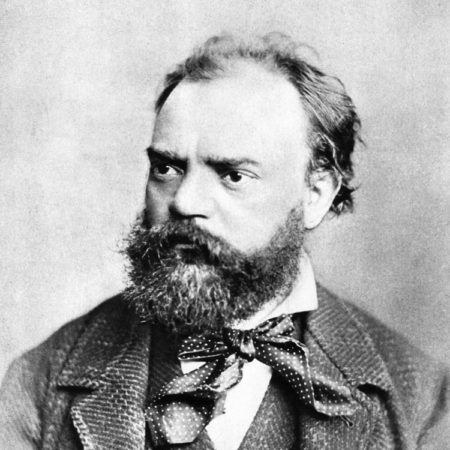Verboten und Verbannt – Forgotten Composers, Forgotten Music
“A festival convert as it ought to be”
by Gottfried Kraus
English translation by Stewart Spencer
The present release documents one of the most remarkable recitals to have taken place in Salzburg in recent years. Thomas Hampson worked on the fourth and, for the time being, final installment of his lieder project in close collaboration with Peter Ruzicka, who in the course of his five-year plan for the festival has offered arguably the most important and most successful programming slot to works by composers who for one reason or another fell victim to the political vicissitudes of the 20th century. He began in 2001 with I Hear America singing, a wide-ranging journey of discovery exploring songs from his native America that are largely unknown in Europe. This was followed in 2003 and 2004 by comprehensive portraits of Hugo Wolf and Antonín Dvořák as song composers, in both cases allowing a judicious selection of their songs to be compared and contrasted with those of their contemporaries. Finally, in 2005, Hampson tackled a theme that left far behind it the usual confines of traditional song recitals.
As in previous years, the program extended over two evenings, the first of which featured Hampson alone, whereas for the second he was joined by female colleagues who shared his commitment to the subject. In both he confronted his festival audience with the works of composers whom the National Socialists had banned, outlawed, driven into exile and in some cases even murdered. Both programs were titled Verboten und Verbannt (Forbidden and Banned). Hampson’s aim was not so much to engage on a political level with one of the darkest chapters in human history. Instead, he wanted to show that art is ultimately more powerful than evil and brute force. Many of the songs and composers’ names, especially in the second program, may well have been unfamiliar to his Mozarteum audience, while even familiar works such as Mendelssohn’s “Auf Flügeln des Gesanges,” which opened both programs, functioning as a kind of motto, and Mahler’s Rückert Lieder, which brought the first evening to a close, appeared in a new and different light when heard in their present context.
The result was certainly not a lieder recital in the customary sense of the term but a festival concert as it ought to be, a distinction that it owed not only to the choice of program and its intelligent structure but also to the way in which the audience was prepared and ot the exemplary program booklet, which included not only all of the words of the songs but also a detailed essay by the theater historian and musicologist Jens Malte Fischer. No less important were the seriousness and concentration of the singer and of his attentive accompanist, who helped to plan the evening and who made an important contribution to its success; and last but not least there was the evening’s underlying message:
“Art is not just entertainment, it holds up a mirror to our souls,” Thomas Hampson declared when thanking both his fellow artists and his audience for their concentration and attention at the end of a demanding and extremely long evening. “What does it mean when we deny works of art? What does that say about us?”
The extent to which Hampson’s questions were understood and the high regard in which the evening’s exceptional ambitions were held are clear from the often detailed reactions in the media both at home and abroad. Writing in Der Standard on August 20, 2005, Peter Cossé noted that “when an artist like Thomas Hampson, with his powerful appreciation of basic research, of concerts hosted by amateurs and of symposia designed to deepen our understanding of a subject, broaches the perennially controversial topic of ‘Persecuted Composers: Persecuted Music,’ then we may expect instruction that comes close to the pain barrier, absolute rarities but also the odd jewel (familiarity) that the more guileless listener might not necessarily have expected within the context of social and individual horror.”
Writing in Die Presse on August 20, 2005, Walter Dobner noted that “alongside the operatic drama of songs by Meyerbeer, the impassioned elegance of Mendelssohn and the early works by Alban Berg, we also heard music by Schoenberg in the form of settings of poems by Richard Dehmel and Victor Klemperer and texts from Des Knaben Wunderhorn. Also featured was Schoenberg’s mentor and brother-in-law Alexander Zemlinsky. Like the highly gifted Erich Zeisl, who was the son of a Viennese coffee-house proprietor, Zemlinsky chose exile in the United States, although neither man enjoyed any success there as a composer. But Zeisl was at least able to survive Hitler’s reign of terror and live long enough to see the period of German reconstruction before he died in the late fifties. And yet not even this was long enough for him to revive a career that had begun so optimistically. And the time has clearly not yet come for a fitting rediscovery of his music. […] Detlev von Liliencron’s poem, ‘Tod in Ähren (Death in Ears of Wheat),’ contains a reference to ‘Ein letzter Traum, ein letztes Bild’ (A final dream, a final image). Hampson and his sympathetic and virtuosic pianist Wolfram Rieger, whose phrasing abounded in untold subtleties, performed this song in Zemlinsky’s disturbing setting. They could not have offered a more moving description of the need to bid farewell, a need that they repudiated so impressively with this program.”
“The six Zemlinsky songs are almost like ballads,” wrote Elsabeth Aumiller in DrehPunktKultur on August 19, 2005. “Hampson creates impressive and vivid scenes. His expressive range is vast, extending from the most delicate pianissimo to impressive dramatic outbursts, when he allows his voice to fill the hall with a full-toned forte. In between he paints all manner of expressive tone paintings in a whole range of different colors. Intellect and feeling invariably come together to create a harmonious whole, just as he also treats text and music as an indivisible unity.”
Finally we may quote from an extensive review that ran to three columns in The New York Sun on August 22, 2005, addressing in detail all the different aspects of this exceptional recital and culminating in the statement that the reviewer, Jay Nordlinger, had never heard Hampson “sing better, over the years. He was at the top of his game. Mr. Hampson has the essential ingredients of voice, technique, and smarts. That voice was a wonder, and it issued some of the sweetest baritone high notes that you’ll ever hear. […] And that technique is important because it allows Mr. Hampson to interpret a song the way he wishes. […] On balance, Mr. Hampson was utterly persuasive, giving a recital that should serve as a model. His programming was good and interesting, yes–but without execution, we just have musicology.”
This was an evening that we can all scarcely expect to find repeated in this form, a festival concert as it should be and, as such, one that only rarely takes place even in Salzburg, in the bustle of our daily calendar of events–yet another reason for including it in this series of releases devoted to the Salzburg Festival.
File Download
Introduction by Gottfried Kraus | English translation by Stewart Spencer
“A Festival Concert as it Ought to Be” (PDF) (pdf / 40.85 KB)Art is not just entertainment, it holds up a mirror to our souls...What does it mean when we deny works of art? What does that say about us?
Thomas Hampson
Verboten und Verbannt
Thomas Hampson, baritone
Wolfram Rieger, piano
Live performance: August 18, 2005
Salzburg Festival, Mozarteum
Orfeo d'Or: 708061
